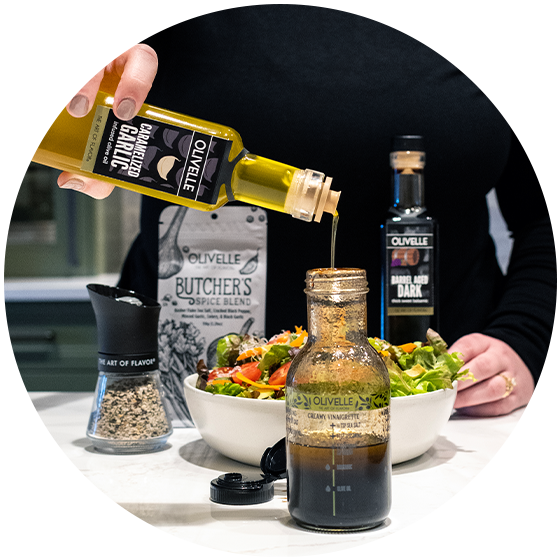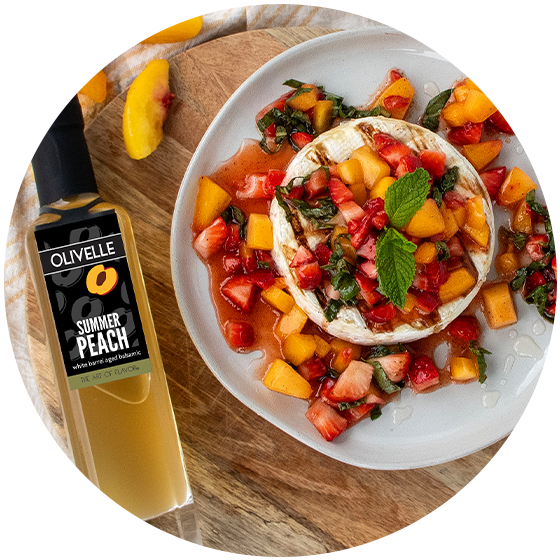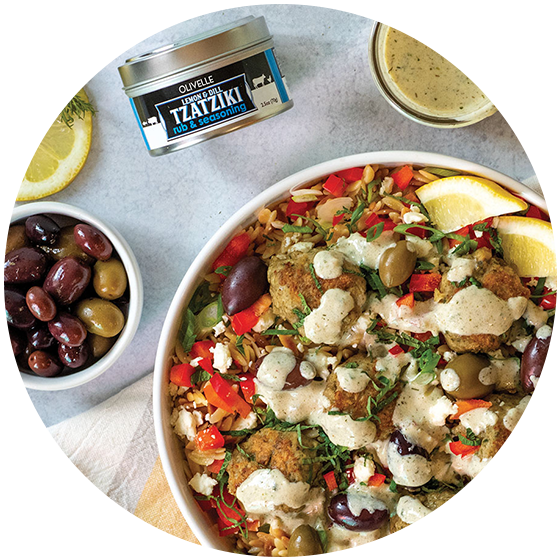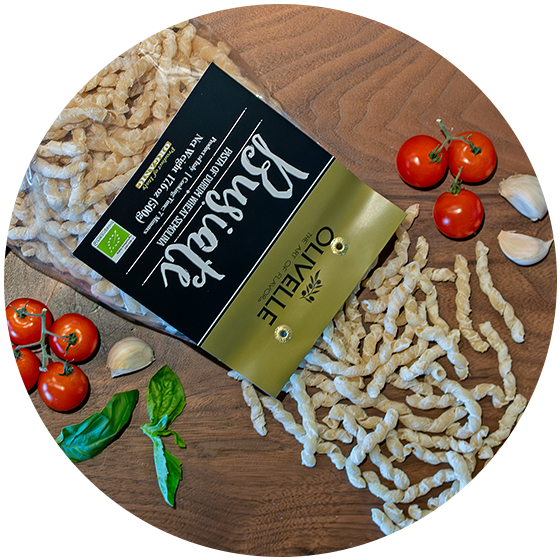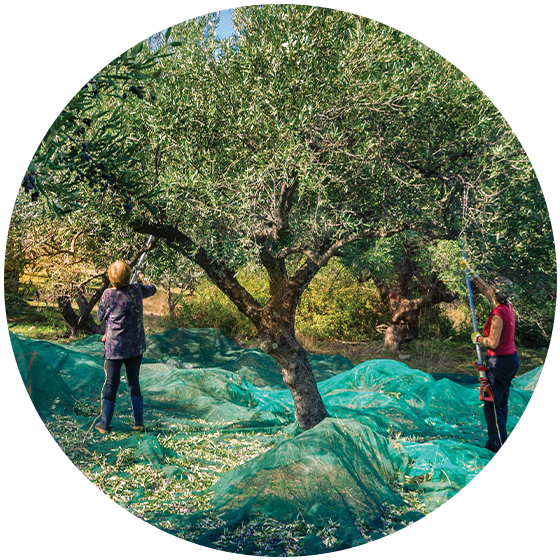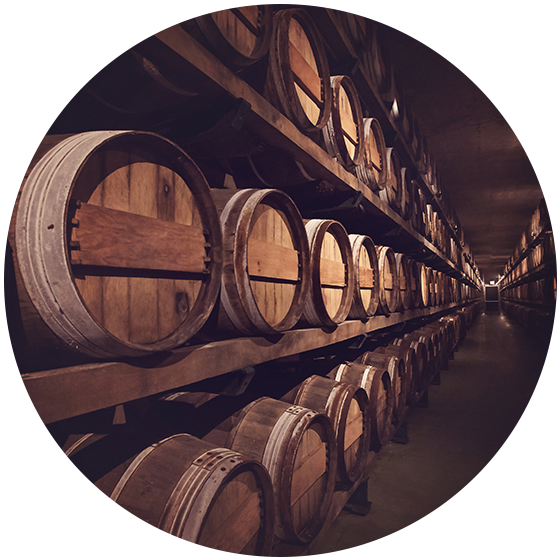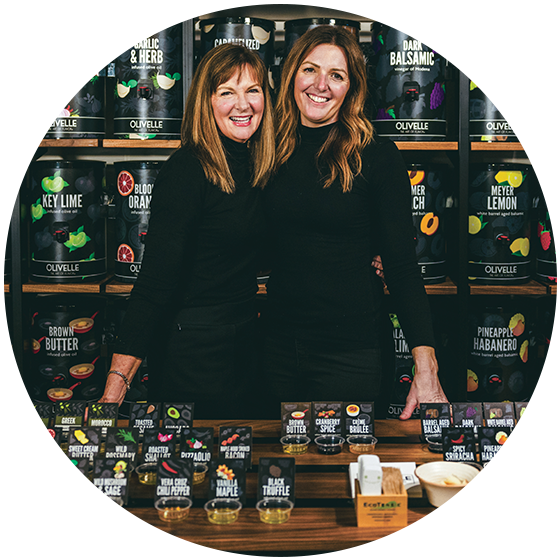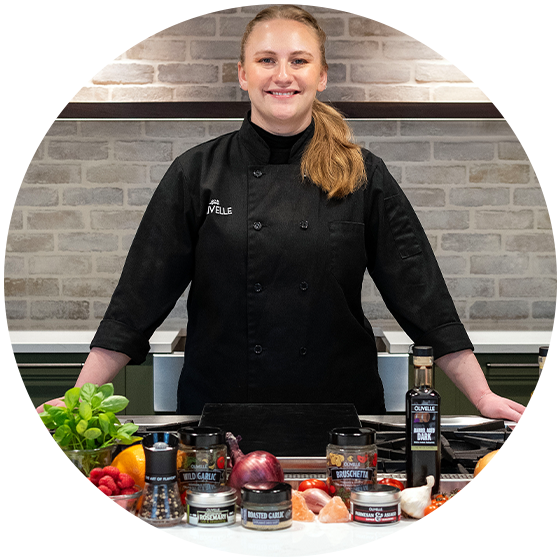We promise you’ve never had balsamic like this before. All of Olivelle’s balsamic vinegars contain a high concentration of grape must (essentially cooked-down grape juice) that provides our products with their thick and velvety texture. High in naturally occurring antioxidants and never containing added sugar or thickeners. Perfectly balanced between sweet and tart to add depth and flavor to all of your dishes!
COOKED GRAPE MUST
An essential component in the production of balsamic vinegar, is the result of gently simmering freshly crushed grapes until they condense into a thick, sweet syrup. This reduction process intensifies the natural sugars in the grapes, imbuing the must with a rich, caramelized flavor profile and a deep, mahogany hue. As the cornerstone of authentic balsamic vinegar, cooked grape must adds complexity, depth, and a delightful sweetness to the finished product, making it a cherished ingredient in kitchens around the world.
ANTIOXIDANTS
Balsamic vinegar contains antioxidants, which are beneficial compounds that help protect the body from oxidative stress and inflammation. These antioxidants, such as polyphenols, may contribute to various health benefits, including reducing the risk of chronic diseases and supporting overall well-being.
WELCOMING THE "MOTHER"
“Mother” is a naturally occurring cellulose (a natural carbohydrate which is the fiber in foods like celery and lettuce) produced by the harmless acetobacter (the healthy bacteria that ferments the grape must into vinegar). Today, most manufacturers pasteurize their product before bottling to prevent these bacteria from forming “mother” while sitting on the retail shelf. Because Olivelle’s vinegars are all natural they will, over time, form mother, considered a sign of quality by many.
BALSAMIC VINEGAR
How Is It Made
Balsamic vinegar is made from grape must, which is freshly crushed grape juice, that is cooked down and aged. It undergoes a slow fermentation process and is then aged in wooden barrels, typically made from oak, cherry, or chestnut. Balsamic vinegar has a rich, complex flavor with notes of sweetness and acidity, along with a thick, syrupy consistency.
Delicious Uses
- Salad Dressings: Balsamic vinegar adds a sweet and tangy flavor to salad dressings. It pairs well with greens, fruits, and nuts.
- Marinades: It is often used in marinades for meats, poultry, and vegetables to add flavor and tenderize the ingredients.
- Glazes: Balsamic vinegar can be reduced into a thick glaze and used to drizzle over roasted vegetables, grilled meats, or even desserts like strawberries and ice cream.
- Dipping Sauces: Mixed with olive oil, balsamic vinegar makes a delicious dipping sauce for bread or vegetables.
- Finishing Touch: It is commonly used as a finishing touch to dishes, such as drizzling over cooked meats, cheeses, or even fresh fruit.
How Long Does It Last
Once opened, balsamic vinegar can last for several years if stored properly. It may gradually lose some of its flavor and complexity over time, but it will remain safe to use as long as there are no signs of spoilage, such as changes in color, odor, or taste. To ensure the best quality and flavor, it's recommended to store it properly in a cool, dark place away from heat and sunlight.
VS. WINE VINEGAR
How Is It Made
Wine vinegar is made from fermented wine. It can be produced from various types of wine, such as red wine, white wine, or champagne. The fermentation process converts the alcohol in the wine into acetic acid, resulting in vinegar. Wine vinegar has a more straightforward flavor profile compared to balsamic vinegar, with a tart, acidic taste.
Delicious Uses
- Salad Dressings: Wine vinegar, with its tangy flavor, is commonly used in vinaigrettes and salad dressings, especially those with stronger-flavored greens like arugula or spinach.
- Pickling: It is used as a key ingredient in pickling brines for vegetables, giving them a tangy and acidic flavor.
- Sauces and Marinades: Wine vinegar can be used in sauces, marinades, and reductions to add acidity and depth of flavor to dishes like pan sauces or braised meats.
- Cooking: It can be used in various cooking applications, such as deglazing pans, adding acidity to soups or stews, or balancing the flavors in sauces and gravies.
How Long Does It Last
Once opened, wine vinegar typically lasts for about 1 to 2 years if stored properly. It may gradually lose some of its flavor and acidity over time, but it will remain safe to use as long as there are no signs of spoilage. To ensure the best quality and flavor, it's recommended to store it properly in a cool, dark place away from heat and sunlight.

